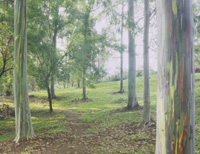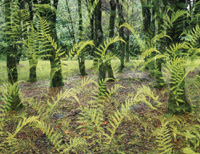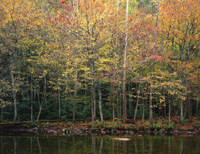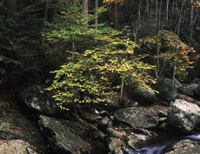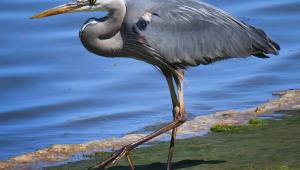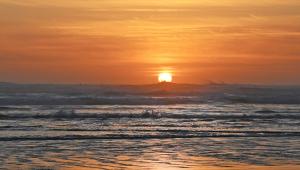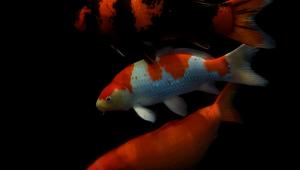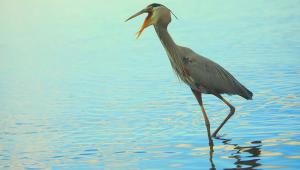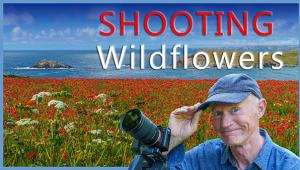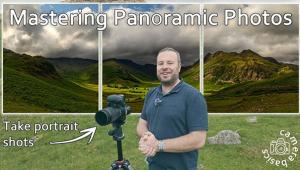Franklin B. Way
Perfection In Color
Some images are remote and poetic. Others are majestic and dramatic. All represent a fixed and silent moment in the personal vision of photographer Franklin B. Way. In Way's photographs I am reminded of Alfred Stieglitz's words, "Everything in the frame of the photograph has to be important." For Way that means each thing will be sharp and in focus from the closest object to infinity. |
|||
"When I shoot," Way says, "I am so taken by what I am trying to capture on film that everything else disappears from my mind. I want the image so bad and am concerned with all the technical things that are going on from making the image correct to how I see that scene and how I am going to record it on film. I want none of the details to escape. When a person views that picture I want them to know it was not taken with a 35mm and that these are not accidental photographs. They must know that care and time was taken along with an understanding of the exposure, tonal range, and depth." |
|||
A Quiet Beauty |
|||
Walking Into The Image |
|||
His Favorite Images |
|||
His Own Style Large Format |
